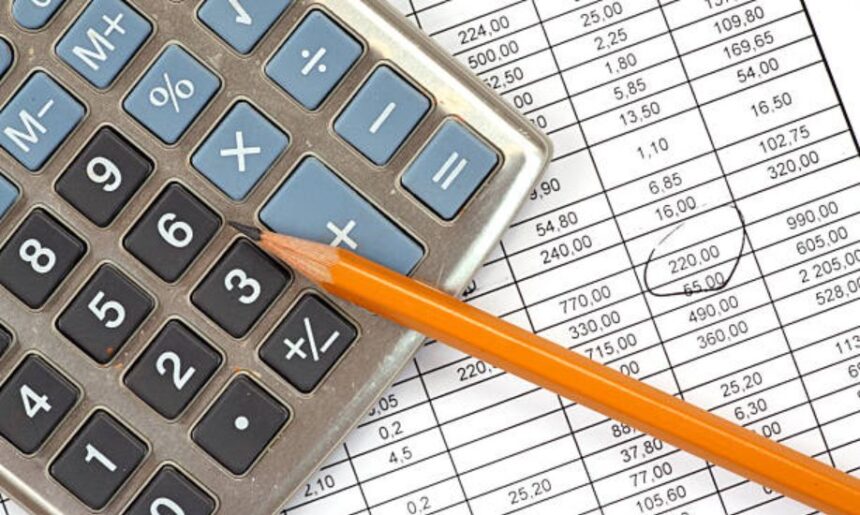The mathematical expression “15.21/10.49” may appear as a straightforward calculation, yet it holds significance across various domains such as mathematics, science, finance, and everyday problem-solving. At its core, this expression represents the division of 15.21 by 10.49, yielding a numerical result that highlights a proportional relationship between the two numbers. This article delves deeply into the concept of “15.21/10.49,” exploring its calculation, real-world applications, and broader implications. Whether you are a student, professional, or curious learner, understanding the value and utility of “15.21/10.49” can broaden your perspective on numbers and ratios.
The Calculation Behind 15.21/10.49
Before exploring its applications, let us compute the value of “15.21/10.49.” Performing this division results in approximately 1.4509. This means that 15.21 is about 1.4509 times larger than 10.49. Such calculations are essential for understanding how one quantity compares to another in terms of magnitude or scale. In essence, “15.21/10.49” reveals a relationship or ratio that has both mathematical and practical importance.
The calculation process is straightforward:
- Identify the numerator (15.21) and denominator (10.49).
- Divide the numerator by the denominator: 15.21 ÷ 10.49 = 1.4509 (approximately).
This result is exact to four decimal places, providing a high degree of precision.
Applications of 15.21/10.49 in Everyday Life
The ratio expressed by “15.21/10.49” can be applied in numerous real-world scenarios. Here are some examples:
- Financial Comparisons: In financial analysis, ratios like “15.21/10.49” can represent growth rates, investment returns, or cost-benefit comparisons. For instance, if a company’s revenue grew from 10.49 million to 15.21 million over a specific period, the ratio would indicate a growth factor of approximately 1.4509.
- Scaling Recipes or Models: Ratios such as “15.21/10.49” are crucial when scaling recipes or models. For example, if you need to adjust a recipe’s ingredient quantities from 10.49 units to 15.21 units, the ratio helps maintain proportionality, ensuring the final product meets the desired standards.
- Engineering and Design: Engineers and designers often use ratios like “15.21/10.49” to compare dimensions, weights, or other metrics, ensuring that their designs maintain proportional integrity.
Mathematical Importance of Ratios Like 15.21/10.49
Ratios such as “15.21/10.49” are foundational in mathematics. They allow comparisons between quantities, enabling a deeper understanding of relationships and patterns. Key mathematical concepts associated with ratios include:
- Proportional Reasoning: Ratios are essential for solving proportion-related problems, such as determining unknown values in equivalent ratios.
- Conversion Factors: Ratios often serve as conversion factors, allowing transitions between units or scales, such as kilometers to miles or dollars to euros.
- Data Analysis: Statistical analysis frequently relies on ratios to interpret data and derive insights. For example, “15.21/10.49” might represent a frequency or rate in a data set.
Scientific Relevance of 15.21/10.49
In science, “15.21/10.49” could represent various measurable quantities, such as speeds, densities, or concentrations. Ratios help scientists make sense of experimental data, compare outcomes, and predict future results. For example:
- Chemistry: In chemical reactions, ratios like “15.21/10.49” might represent the proportion of reactants needed for a specific reaction.
- Physics: Ratios often describe physical phenomena, such as velocity ratios or energy efficiency.
- Biology: Ratios can illustrate population changes, growth rates, or other biological metrics.
Historical and Educational Context of 15.21/10.49
Historically, ratios like “15.21/10.49” have played a vital role in the development of mathematics and science. From the ancient Egyptians using ratios to build pyramids to modern educators teaching proportionality, such expressions have remained integral to human progress. Understanding “15.21/10.49” not only reinforces basic arithmetic skills but also fosters critical thinking and problem-solving abilities.
In educational settings, exercises involving “15.21/10.49” encourage students to:
- Apply division skills effectively.
- Recognize patterns in numerical relationships.
- Solve real-world problems using mathematical reasoning.
Visualizing 15.21/10.49
Visual representation can enhance comprehension of ratios like “15.21/10.49.” For instance, a bar graph or pie chart could illustrate the proportional relationship between 15.21 and 10.49. Such visuals make abstract concepts more tangible, aiding both teaching and learning.
Challenges and Considerations
While “15.21/10.49” may seem simple, challenges can arise when dealing with larger or more complex numbers. Precision becomes crucial, especially in fields like engineering or finance, where small errors can have significant consequences. Tools like scientific calculators or software can help ensure accuracy when performing such calculations.
Conclusion
The expression “15.21/10.49” encapsulates more than just a division operation; it represents a meaningful ratio with wide-ranging applications in mathematics, science, finance, and everyday life. By understanding and leveraging the proportional relationship denoted by “15.21/10.49,” individuals can solve practical problems, analyze data, and make informed decisions. From its mathematical significance to its real-world utility, “15.21/10.49” is a testament to the power and versatility of numerical relationships.






